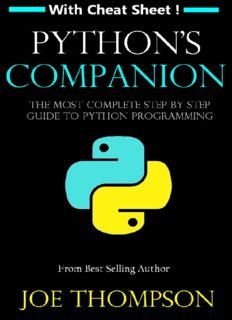Описание
Sanjay Patnining 2023-yilda nashr etilgan «Pro RESTful APIs with Micronaut» kitobi, Java dasturlash tilida RESTful API yaratish va mikroservislarni ishlab chiqish uchun mukammal qo’llanmadir. Kitob, Micronaut ramkasi yordamida samarali API’larni ishlab chiqishga, JSON va XML formatlari bilan ishlashga, hamda REST arxitektura printsiplarini amalda qo’llashga qaratilgan. Ushbu kitob, dasturchilar va tizim ishlab chiquvchilar uchun, RESTful web xizmatlari va mikroservis arxitekturasi bo’yicha chuqur va to’liq qo’llanma sifatida xizmat qiladi.
Micronaut ramkasining yangi imkoniyatlari va tejamkorligi yordamida, siz o’z mikroservislaringizni yaratish jarayonini soddalashtirib, JSON va XML orqali ma’lumot almashish imkoniyatlarini kengaytirishingiz mumkin. Sanjay Patni amaliy misollar va kod namunalarini taqdim etib, API dizayni va servislar o’rtasidagi bog’lanishni mukammal tarzda tushunishga yordam beradi. Bu kitob, dasturchilar uchun o’z RESTful API va mikroservis bilimlarini oshirishda ideal qo’llanma hisoblanadi.








Отзывы
Отзывов пока нет.